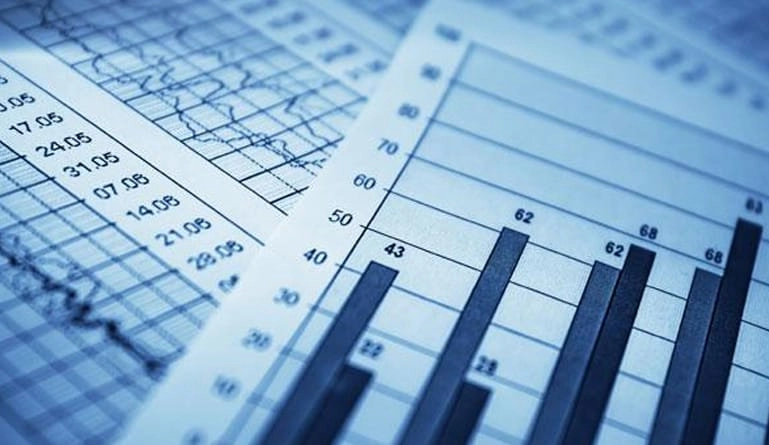
Business planning is an essential part of running a business. In addition to forecasting your profits, you also need to plan for expenses and cash flow. With the proper tools, you can do this efficiently and accurately. To find out more about using automated tools, read on.
Expense and cash flow forecasting
Cash flow forecasting is one of the most important parts of planning for your business. It can help you make smart decisions about debt payment, financing, and investments. A solid cash flow forecast helps you avoid financial difficulties and allows you to take advantage of new opportunities.
Whether you are starting a new venture or expanding an existing company, it is critical to know how to forecast and calculate income and expenses. An accurate forecasting method is necessary to ensure that you are making the right choices for your business.
The first step in calculating a cash flow forecast is to determine the amount of money that your business is generating. This includes sales revenue, expected interest and taxes, and anticipated vendor and loan expenses. You can also use this data to estimate the amount of raw material that you will need.
Once you have these figures, you can move on to determining the amount of money you will receive. These figures include loans, grants, and sales.
Income forecasting
Financial forecasting is an essential part of business planning. A solid financial plan is built on sound spending guidance and a financial projection. It helps you determine where you are headed. As you move forward, it will keep you from taking the wrong turns.
For instance, financial forecasting is useful when applying for a loan or looking for funding. The best budgeting plans include a cash flow statement, which shows how much money your business is likely to receive and spend over a certain period of time. You should also consider a detailed forecast when you’re putting together a merger or acquisition plan.
In addition to being the best way to gauge your company’s current performance, the financial forecast is an important tool to help you make better decisions about your business. Using the right numbers can help you avoid costly tax penalties and other surprises.
To do this, you need to understand the basic concepts of financial forecasting. First, you need to make a good estimation of your revenues and expenses. This is usually done by analyzing the past performance of your business. Once you’ve made this estimation, you need to make a few assumptions.
Scenario forecasts
Scenario forecasts are a great tool for business planning. They allow companies to predict what their future will look like, and help them prepare for whatever may come. By using the appropriate technology and processes, leaders can create a model that helps them make the most informed decisions possible.
Creating a realistic scenario is not a simple process, and requires a robust foundation. It also involves creating a variety of forecasts, such as a P&L, balance sheet, and cash flow forecast. Using quantitative techniques allows managers to quickly adjust the forecast, while still providing a rounded picture of the situation.
Unlike other forms of financial forecasting, scenario analysis is not based on fixed assumptions. Instead, it aims to identify the most likely outcome for any given scenario. This helps management determine which strategic direction to pursue. The right decision can help your company make the most of the opportunities in front of them, while also avoiding risks.
Using automated tools to ensure accuracy
The accuracy of financial forecasting for business planning is a critical factor for the success of any organization. It helps companies calculate their future expenses and incomes, as well as plan budgets and other activities. Using automated tools can help make forecasting a more accurate process.
Financial forecasting involves combining data from past performance with predictions for the future. This information can then be used for strategic planning, budgeting, and other financial purposes. Accurate forecasts can also be used to forecast changes in the market, which may affect business performance.
Business leaders should consider using automated tools to improve the accuracy of their forecasts. For example, they can transform their existing data into a real-time dashboard. They can also integrate their operational and sales data into their financial forecasts. Those who choose to use this approach will save time in their daily jobs.
Another benefit of using automated tools to ensure accurate forecasting for business planning is that they can adjust to changes in the real world. When organizations see a new product enter the market or a pending dispute, they can reforecast their forecasts and prepare for the unforeseen.






